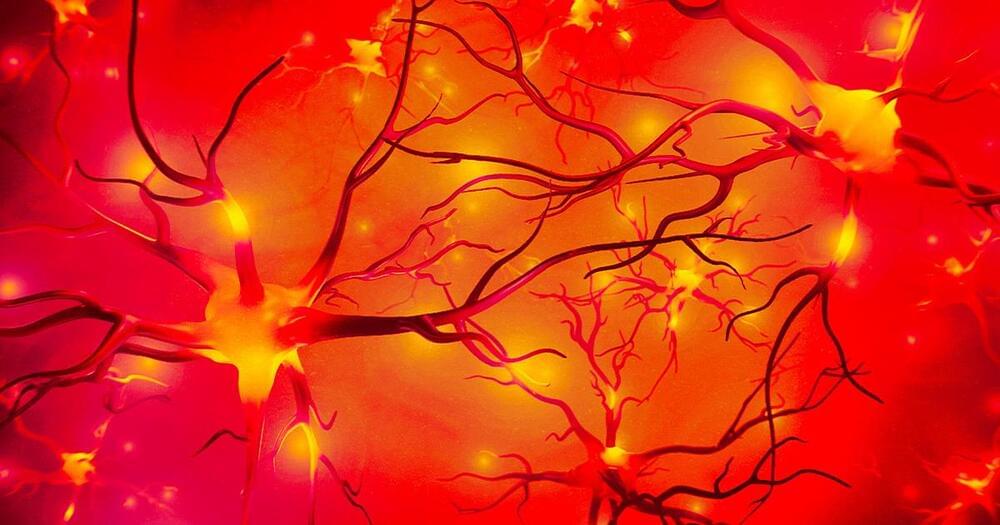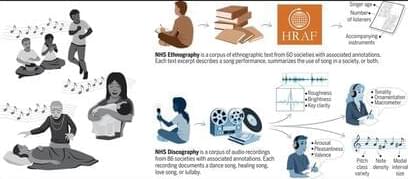Jun 23, 2024
Scientists Reverse Alzheimer’s Synapse Damage in Mice
Posted by Dan Kummer in categories: biotech/medical, chemistry, neuroscience
Scientists in Japan say they have reversed the signs of Alzheimer’s disease in lab mice by restoring the healthy function of synapses, critical parts of neurons that shoot chemical messages to other neurons.
The secret was developing a synthetic peptide, a small package of amino acids — a mini-protein, if you will — and injecting it up the nostrils of the mice, in an experiment they detailed in a study published in the journal Brain Research.
Needless to say, mice are very different from humans. But if the treatment successfully survives the gauntlet of clinical studies with human participants, it could potentially lead to a new treatment for Alzheimer’s disease, a tragic degenerative condition that burdens tens of millions of people around the world.


















